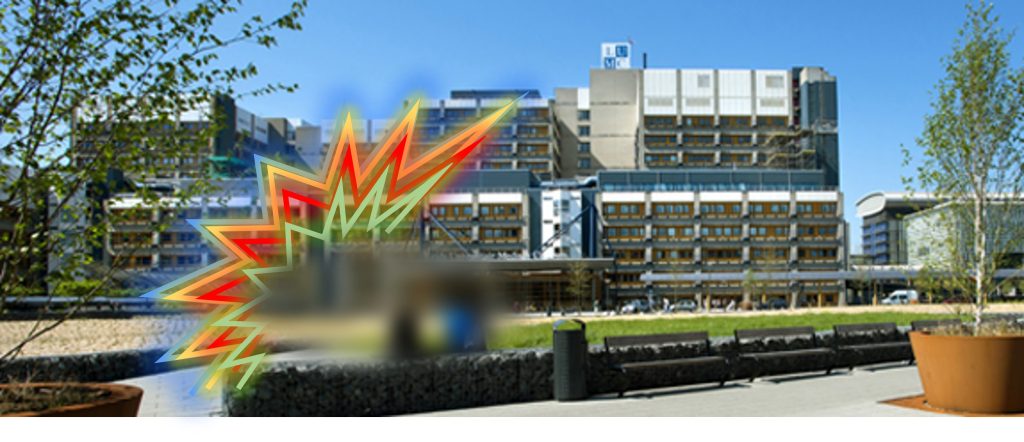Migraine
Symptoms
Migraine can manifest in different ways. Typically, migraine is characterized by:
- Headache attacks with a duration of 4 hours to 3 days.
- Severe, pulsating, unilateral headache that aggravates during physical activity.
- Additional symptoms such as:
- Nausea, vomiting and sometimes diarrhea
- Hypersensitivity to light and sound
The origin of migraine
Migraine patients have a reduced threshold for certain external or internal stimuli. This hypersensitivity is partly genetically determined. The sensitivity to stimuli can change temporarily under certain circumstances such as during (extreme) tiredness, menstruation, atmospheric changes and possibly also relaxation after stress.
Why and how migraine attacks start at a certain time is largely unknown. It is, however, known that when the threshold to a stimulus is reached certain parts of the brain become over- stimulated, which leads to a temporary disturbance of the normal function of these brain regions. This disturbance also affects blood vessels and nerves in the meninges (the visceral tissue directly underneath the skull). The stimulation of these nerves, blood vessels and meninges results in headache and disturbance in the cerebral cortex.
The migraine attack
A migraine attack can be divided into different phases.
Alarming phase, premonitory phase or prodromal phase
Premonitory symptoms occur in approximately 15% of migraine patients. These symptoms can occur hours to days before headache onset and may consist of a sudden change in mood or taste, fatigue, symptoms of fluid retention and excessive yawning.
Aura phase
One third of migraine patients experiences a so-called aura prior to the headache. Usually, this is characterized by transient visual distortions such as the perception of flashes of light, stars or a zigzag pattern. There are, however, also other symptoms that may occur during a migraine aura, such as temporary numbness or tingling in a hand, arm or the face, unilateral loss of muscle strength and the inability to speak or understand what is being said.

Headache phase
The headache phase may manifest in different ways during different attacks. The headache can appear sudden and reach its maximum severity within a short period of time. The headache can also start gradually and increase in severity over a few hours. Usually, the headache is unilateral, but it can also be located on both sides of the head. The pain is mostly pulsating, pounding or throbbing and because of it most patients want to lay down in bed. The headache is often associated with nausea and vomiting. Many patients also experience hypersensitivity to light and sound. Although headache is the most typical feature of migraine, some patients only have an aura without experiencing the subsequent headache.
Recovery phase
During the recovery phase patients are often tired and experience difficulty concentrating. Usually, this phase last 1 to 2 days, but it can take up to a week.
Treatment
The available treatment sufficiently suppresses migraine in many patients, but unfortunately not in all of them. Migraine-medication can be divided into two groups:
- Acute treatment. These are prescribed for acute relief of symptoms during individual attacks. Preferably, this medication should be taken as soon as the headache attack begins (but not during the aura). Well-known examples of acute medication are the so-called “triptans”.
- Preventive treatment (prophylaxis). Patients who have a high attack frequency (more than two per month) can take certain drugs on a daily basis in order to prevent migraine attacks.
